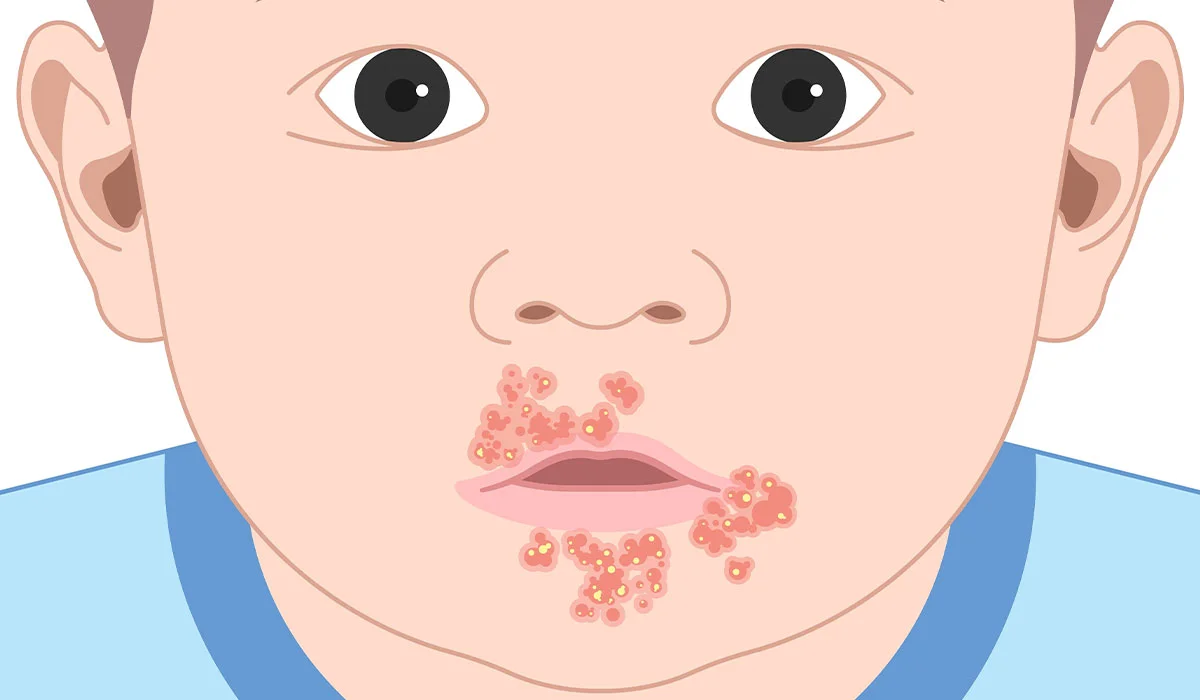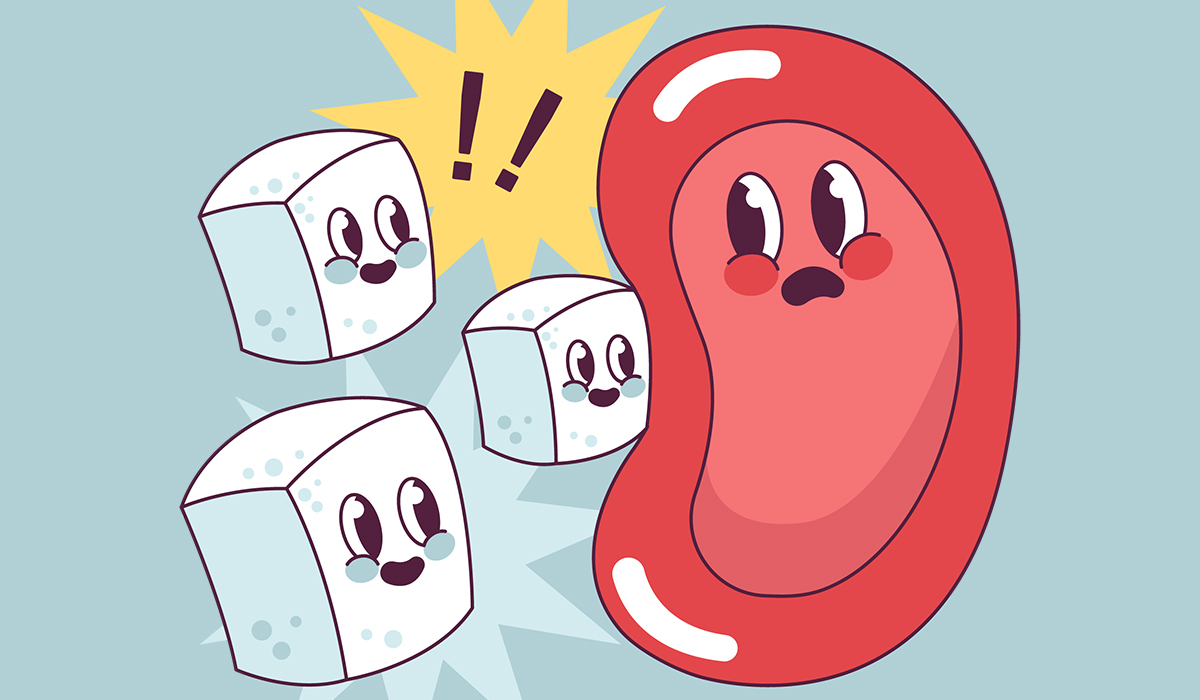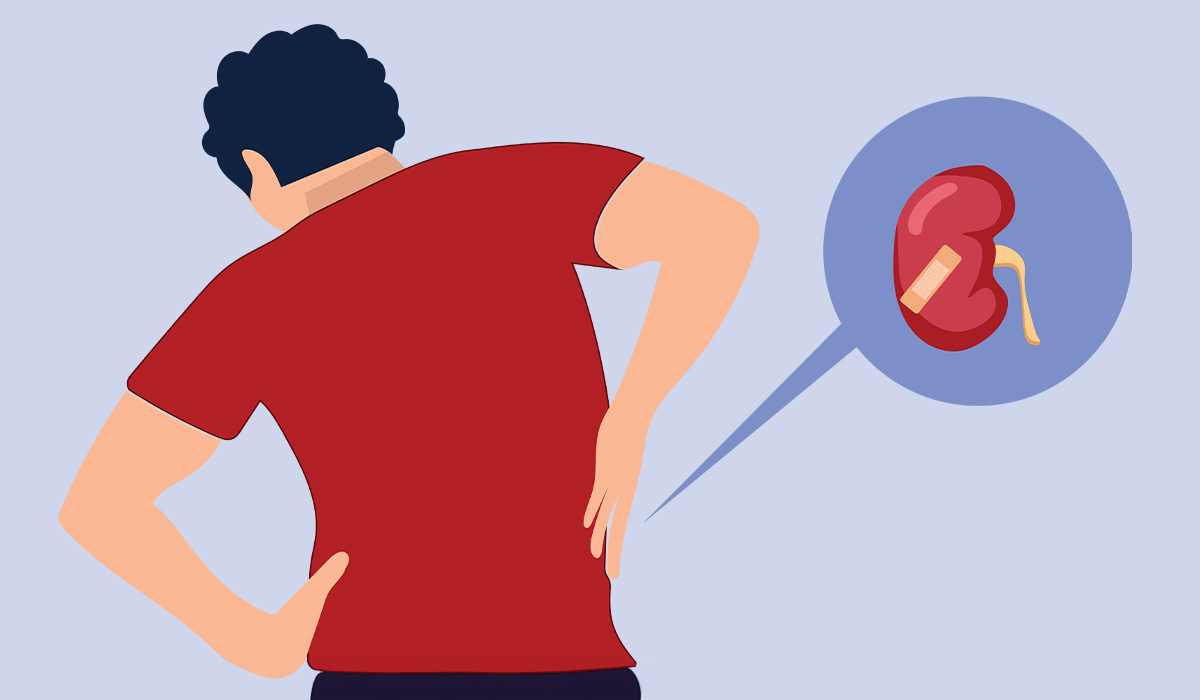This specialty field diagnose, treat, and manage various types of conditions, including:
- Inflammatory diseases affecting muscles and joints
- Autoimmune conditions are diseases caused by the body’s immune system attacking body tissues
- Connective tissue diseases that may affect skin, tendons, and other organs

What Tests Can Rheumatologist Order?
Rheumatologists diagnose and treat diseases of joints, muscles, and bones. When you go to this physician, they’ll have a long conversation with you. They’ll want to know about any discomforts and for how long you’ve had them. They’re also interested in whether this discomfort gets worse when you move around or exercise. It’s important for them to know whether you have other lasting health issues and what kinds of medicine you’re taking.
Throughout your visit, the specialist might test how well your joints move. They could touch where they hurt and examine your stomach, skin, and lymph nodes.The rheumatologist also performs several diagnostic tests or refers the patient for additional consultations with other specialists.
The most common diagnostic laboratory and imaging tests used by a rheumatologist are:
- Blood tests – Common blood tests used in rheumatology include liver function enzymes, kidney function indicators, rheumatoid factor (RF), and antibodies
- Tissue biopsy to check for signs of autoimmune disorders
- Bone density test
- CT scans
- Ultrasound
- Electrocardiogram (ECG)
What Is the Difference Between a Rheumatologist and an Orthopedist?
Rheumatology and orthopedics are two separate medical specializations. Although doctors from both fields deal with diseases related to the musculoskeletal system, the scope of their knowledge and competencies differs.
The work of an orthopedist focuses primarily on patients with bone, joint, and muscle injuries, e.g., dislocations, fractures, sprains, and patients with congenital and acquired postural defects. A rheumatologist treats patients who suffer from rheumatic diseases, which most often cause pain in the bones, joints, and muscles. An orthopedist deals primarily with surgical treatment, while a rheumatologist deals with long-term pharmacological treatment combined with physiotherapy.
Conditions
Rheumatologists diagnose and treat various musculoskeletal conditions. The most common ones include:
- Rheumatoid arthritis
- Gout
- Psoriatic arthritis
- Scleroderma
- Lupus
- Sjogren’s syndrome
- Rheumatic fever
- Vasculitis
- Sarcoidosis
- Myasthenia gravis
- Ankylosing spondylitis
Rheumatoid Arthritis
Rheumatoid arthritis is a chronic disease that causes joint inflammation and affects other organs, including skin, blood vessels, lungs, and heart. This condition belongs to a group of autoimmune diseases, which means the body’s immune system starts recognizing body cells as foreign and attacking them. In rheumatoid arthritis, the surface of your joints is affected, leading to painful swelling, damage, and deformity of the joints. At first, the condition affects small joints, but as it progresses, it may affect bigger joints of ankles, elbows, shoulders, and hips.
Symptoms of rheumatoid arthritis include:
- Joint pain
- Warm joints
- Swelling
- Stiffness of joints, especially in the morning
- Fever
- Fatigue
- Loss of appetite
The symptoms may come and go and vary in severity. The disease is characterized by periods of flare-ups (increased disease activity) and remission.
Research shows that 40% of people with rheumatoid arthritis have other symptoms apart from those concerning joints. The organs that may be affected include:
- Eyes
- Heart
- Kidneys
- Lungs
- Skin
- Bone marrow
- Blood vessels
- Salivary glands

Gout
Gout is a form of arthritis characterized by sudden severe pain attacks, swelling, and redness of joints. The big toe joint is most often affected. The attacks of joint pain occur suddenly, frequently waking you at night. The symptoms typically come and go with periods of exacerbations and remissions.
The cause of the disease is urate crystals that accumulate inside joints, leading to unpleasant symptoms. Urate crystals are produced in the body when purines break down (substances found in the body). Purines are found primarily in certain foods, including red meat and organ meats, as well as in some alcoholic beverages, especially beer.
Rheumatologists diagnose and treat gout. The treatment options include medications that lower uric acid concentration, anti-inflammatory drugs such as ibuprofen, and steroids.
Psoriatic Arthritis
Another condition managed by a rheumatologist is psoriatic arthritis. The disease involves joint inflammation, stiffness, swelling, and nail lesions. It typically develops in people who have already developed symptoms of psoriasis, but sometimes arthritis symptoms may come before skin problems. Psoriasis symptoms include red skin patches with silvery scales. There is no cure for the condition, but there are treatments that alleviate symptoms and prevent joint damage.

Scleroderma
Scleroderma is a health issue that makes the skin feel harder and tighter. Doctors who work on joint-related problems know that scleroderma can be limited or diffuse, changing how much it affects the skin. In some cases, it doesn’t only impact the outer layer but may also cause problems to parts inside the body, like the digestion system, heart, and lungs.
Even though we can’t eliminate this disease, there are ways to slow its progression, reduce its side effects, and improve the quality of one’s daily life.
Sjogren’s Syndrome
Sjogren’s syndrome is an autoimmune condition in which the body’s immune system attacks glands that produce saliva and tears. Dry mouth and dry eyes are the two most typical symptoms.
Diagnosis and treatment of Sjogren’s syndrome varies depending on which gland is affected. Both rheumatologists and ophthalmologists manage this condition.
Lupus
Lupus is an autoimmune disorder that may affect various organs. It may concern joints, skin, heart, lungs, kidneys, and brain. The symptoms depend on which organs are affected. Therefore, diagnosing the disease is challenging as the symptoms may resemble other conditions. The most common symptoms include:
- A butterfly-shaped rash on the face
- Fatigue
- Low-grade fever
- Skin lesions, which get worse when exposed to sunlight
- Fingers and toes turn white when exposed to cold or stress
- Chest pain
- Memory loss
- Dry eyes
There is no one test to diagnose lupus, and doctors have difficulty finding that diagnosis as the signs and symptoms vary from person to person. Rheumatologists use steroids, antimalaria drugs, nonsteroidal anti-inflammatory drugs (NSAIDs), immunosuppressants, and biological medications.
Vasculitis
Vasculitis is an inflammation of blood vessels. The disease may lead to thickening blood vessel walls and restricted blood flow. When blood flow is limited, it may cause organ damage. There are various types of vasculitis. It may be long-lasting or short-term and might cause symptoms in many organs. The types include:
- Behcet’s disease
- Buerger disease
- Kawasaki disease
- Takayasu’s disease
- Henoch-Schonlein purpura
- Churg-Strauss syndrome
The symptoms may include fever, flu-like symptoms, ear problems, blurred vision, double vision, red eyes, weakness of the hands or feet, rash, and shortness of breath.
Most vasculitis results from immune system overstimulation, so the primary treatment aims to reduce its activity by using various medications and managing underlying conditions that may have triggered the disease.
The disease is managed by multiple specialists, including rheumatologists, ophthalmologists, dermatologists, and laryngologists.
Ankylosing Spondylitis
Ankylosing spondylitis is an arthritis type that causes inflammation in the spine’s joints and ligaments. The disease leads to spine stiffness and pain. In some cases, the condition also affects other joints, such as knees, hips, and ankles. Typically, the stiffness and back pain come and go in episodes. The pain worsens during rest and sleeping, while it gets better during exercise.
Except for joint symptoms, symptoms concerning other organs may develop, such as:
- Inflammation of the eye
- Skin rashes
- Loose bowel movement
- Loss of appetite
Since there is no cure for the condition, rheumatologists use medications, physical therapy, and exercises to slow down the progression of the disease.
Myasthenia Gravis
Myasthenia is a chronic condition that causes muscle weakness. The disease is autoimmune—the body’s immune system antibodies mistakenly recognize connections between nerves and muscles as harmful particles and attack them. It usually affects the muscles of the eyes, throat, and limbs, leading to eye muscle weakness, drooping eyelids, difficulty swallowing, shortness of breath, and limb weakness.
The disease is managed by various physicians, including rheumatologists, neurologists, and physiotherapists. The disease can’t be cured, but treatment aims to manage symptoms and improve quality of life.
Sarcoidosis
During sarcoidosis, inflammatory cell collections develop in various body parts. Typically, these affect the lungs and lymph nodes but can affect any organ, including the heart and skin.
The disease’s symptoms may vary and depend on which organs are affected. Those include:
- Fatigue
- Joint pain
- Weight loss
- Swollen lymph nodes
- Cough
- Shortness of breath
- Rash
- Blurred vision
- Dry eyes
- Irregular heartbeat
There is no cure for sarcoidosis, but treatment is often used to manage the symptoms. In some mild cases, no treatment is needed, as the symptoms go away independently. Since the cause of the disease is inflammation, the drugs used aim to suppress the immune system cells.
When Should You See Rheumatologist?
You should visit a rheumatologist if you have a family history of autoimmune or rheumatic conditions. It’s often challenging to link rheumatic diseases with their symptoms as most of them are not specific and can make you suspect other conditions. However,if you notice any of the following symptoms, it’s best to consult your GP on whether you should see a rheumatologist:
- Long-lasting joint pain
- Sudden, severe joint pain attacks
- Fatigue
- Hair loss
- Nails pitting
- Skin changes
- Fingers and toes suddenly turn white or blue while exposed to cold or stress
- Swollen lymph nodes
- Stiffness
- Muscle weakness
Sources
- Wu D, Luo Y, Li T, Zhao X, Lv T, Fang G, Ou P, Li H, Luo X, Huang A, Pang Y. Systemic complications of rheumatoid arthritis: Focus on pathogenesis and treatment. Front Immunol. 2022 Dec 22;13:1051082. doi: 10.3389/fimmu.2022.1051082. PMID: 36618407; PMCID: PMC9817137.
https://www.ncbi.nlm.nih.gov/pmc/articles/PMC9817137 - National Library of Medicine (NIH) Ardy Fenando; Manjeera Rednam; Rahul Gujarathi; Jason Widrich. Gout (2024)
https://www.ncbi.nlm.nih.gov/books/NBK546606/ - National Health Service (NHS) Psoriatic arthritis (2023)
https://www.nhs.uk/conditions/psoriatic-arthritis/ - National Institute of Arthritis and Musculoskeletal and Skin Diseases (NIAMS) Scleroderma (2023) https://www.niams.nih.gov/health-topics/scleroderma
- National Health Service (NHS) Sjögren’s syndrome (2020)
https://www.nhs.uk/conditions/sjogrens-syndrome/ - National Institute of Arthritis and Musculoskeletal and Skin Diseases (NIAMS) Systemic Lupus Erythematosus (Lupus) (2022)
https://www.niams.nih.gov/health-topics/lupus - National Library of Medicine (NIH) Altaf Abdulkhaliq and Manal Alotaibi. Laboratory Interpretation of Rheumatic Diseases (2021)
https://www.ncbi.nlm.nih.gov/books/NBK585756/ - National Institute of Arthritis and Musculoskeletal and Skin Diseases (NIAMS) Ankylosing Spondylitis (2023)
https://www.niams.nih.gov/health-topics/ankylosing-spondylitis - National Institute of Neurological Disorders and Stroke (NINDS) Myasthenia Gravis (2024) https://www.ninds.nih.gov/health-information/disorders/myasthenia-gravis

